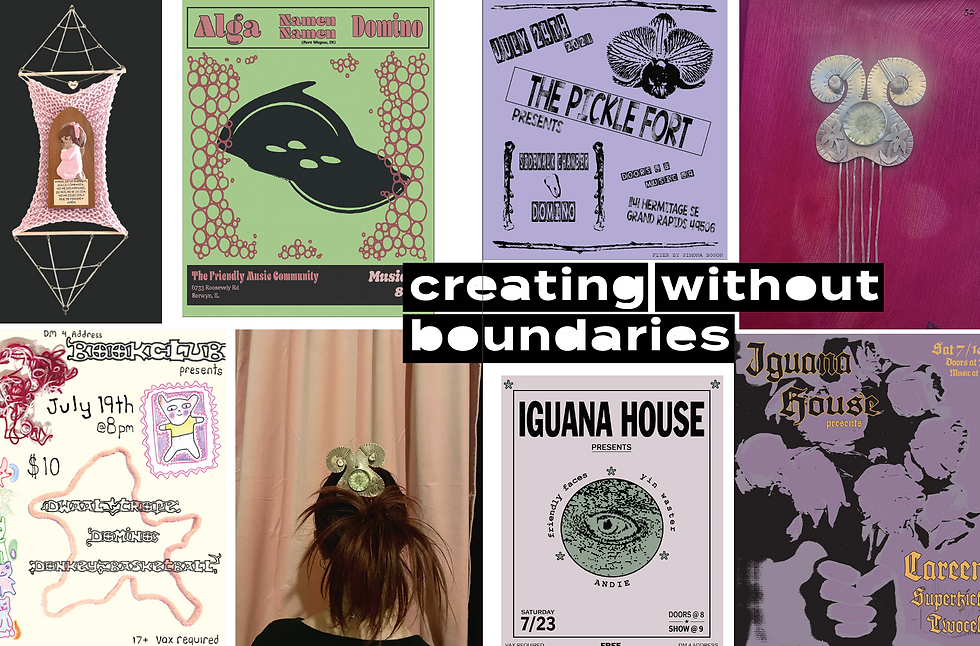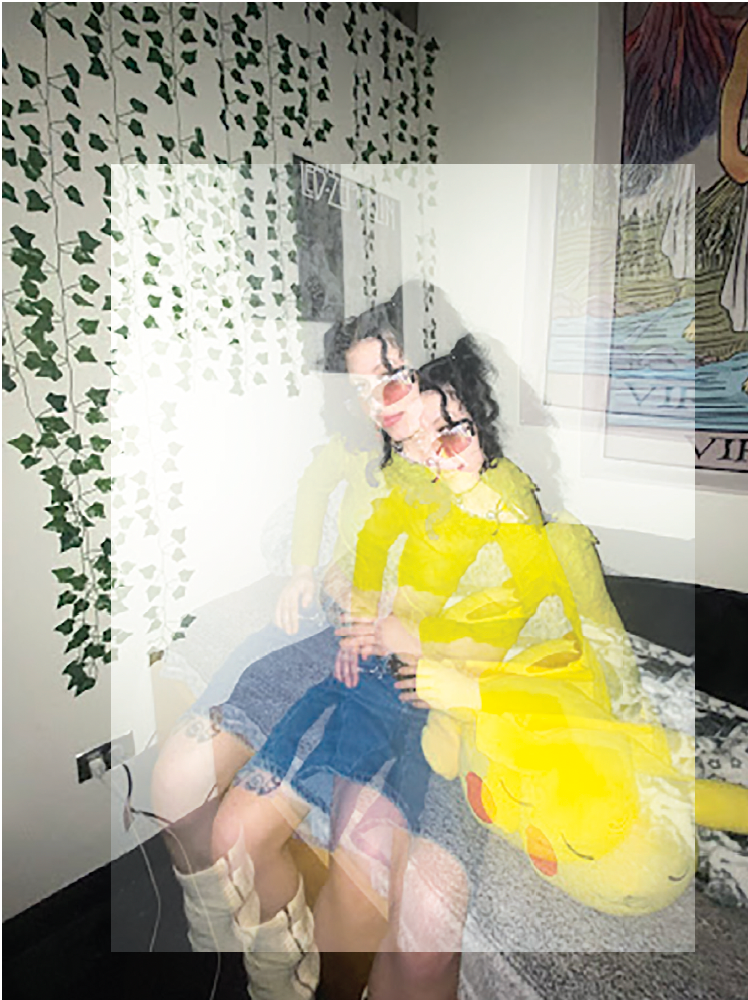A History of Punk...Sort Of
- jmilazzo620
- Oct 16, 2023
- 4 min read
By: Tex Bandicoot
April 1, 2023

Photos courtesy of Turbo Baudelaire
When discussing the history of punk fashion, people say a lot of it stems from the artists of the 1970s like The Ramones and the Sex Pistols and designers like Vivienne Westwood and Malcolm McClaren. Drawing inspiration from the New York club scene and wanting to subvert from the strict cultural norm of the time, punk fashion was a natural subversion of society at the moment. To understand it better instead of going through the people I wanna give context to the society of the time. Having just lived through a decade of civil protests from the civil rights movements to the Vietnam war protests; I believe people were starting to get sick of the government and the stiff, strict nature of the culture. People were tired of the propaganda being fed to them. They were tired of the bland, uniform nature of popular media and how it has to be clean and family friendly. If you look at the advertisements from the era you can see it. They were pushing the image of relaxing in your suburban home with your wife and two kids, maybe a dog, clocking in and out of work, having a barbecue on Saturday and going to church on Sunday. People were starting to know better though, they could see through the cracks in the facade better now, and they knew that image of a nuclear family was only for the few and that’s when things started to take off. Punk has always been a movement of the people and expression of freedom. It is a reflection of you regardless of societal standards. It entails everything from dirty ripped clothes, to body modifications, to maybe just a tee and some jeans with leather boots. You can see it in the ways that it evolves. At first you had folks rocking the leather jacket and the mohawk looks but as soon as the scene felt like those styles were becoming commercialized it shifted. The people still wearing that style were now known as posers and the scene started rocking hoodies, tees, boots, and then they started customizing them with patches, rips, paint, whatever they wanted to express themselves. I think punk started becoming intertwined with class as a lot of the punk clothing became second hand, DIY stuff probably as a result of the recession that hit during the early 1980s. I think since then it has become a statement naturally against things like fast fashion because a lot of the stuff you rock was things you had gotten at the thrift store or something you sewed personally or it was something that lasted a long time and could keep wearing over and over again like leather boots or jackets.

This era of the 1980’s was defined by bands like Black Flag, Minor Threat, The Dead Kennedys, and The Minutemen; just to name a few. A large majority of these bands were very open about their political views from Minor Threat’s outspoken views about being straight-edge to The Dead Kennedy’s songs expressing their leftist views. This is when the scene I truly think started to develop into its own pockets for real, for example this is when crust punk started to become a thing forreal and a bunch of garage bands started to form. The 1990s is when the grunge, distressed look became even more popular, I’m influenced by bands like Nirvana, Fugazi, Green Day. Again though, a lot of the staples in the community were things that were a staple of the lower class like flannels. Now in the present day, I don’t think punk has one uniform or design. I think it’s always been about the attitude, the feel, about the companionship felt on the outskirts of society. The understanding of how it feels to be judged for the way you are and showing those features proudly along with others. I think it’s about the attitude more than ever, especially with the rise of social media particularly Tiktok. In 2020 and 2021, you saw a lot of people try to adopt those darker styles made popular by the punk scene because people thought it was trendy and cool. People have tried throughout the years to commercialize and standardize it, but it never works because like our society it always evolves. No matter how often people say punk has become everything it was fighting against, I don’t believe it’s true. It cannot be defined as limited as what they make it out to be, because whenever I see what people say as examples of punk becoming fast fashion and the norm, it’s always the styles of the past. You saw it with companies like Urban Outfitters and Forever 21 trying to capitalize on those moments but all of their stuff wasn’t truly representative of the craft, it lacked the heart. I don’t judge anybody who wears their clothes or anything just merely an observation. Those companies don’t know the true essence of the scene. There’s so many sub-sections and branches of punk, it’s like rock. If you listen to rock in 1971 and rock in 2016 it’ll probably sound nothing alike. There will be similarities of course, inspiration but every generation gives its own interpretation of what it means. To tie everything together I want to share a statement said by French sociologist Émile Durkheim, “Art is not simply an external ornament donned by the cult to conceal its excessively harsh and austere side; rather the cult has an aesthetic aspect in itself.”




Comments